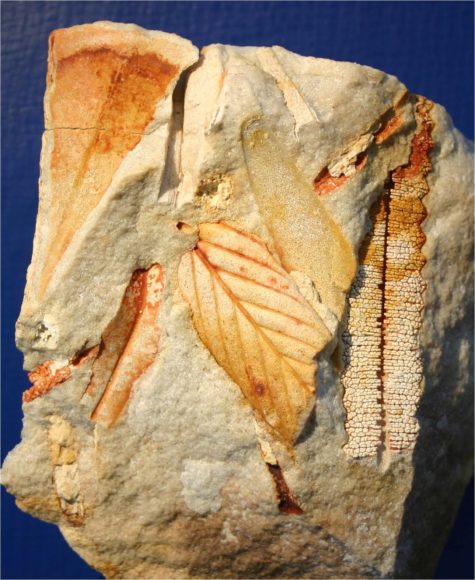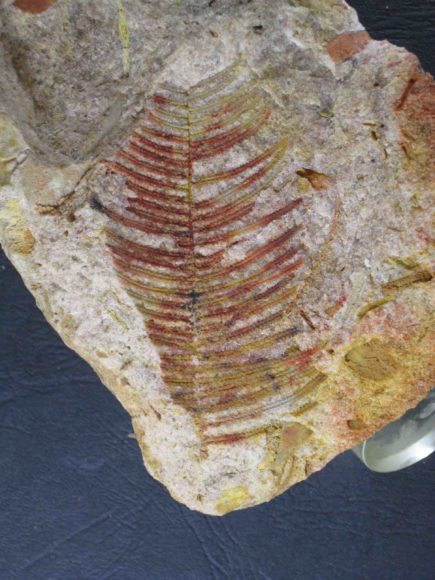This Thursday the Murdoch branch of the wildflower society will be hosting Bob Cooper an outback survival instructer from right here in WA.
For over 30 years Bob Cooper has honed his survival skills by learning from many traditional cultures.
His experiences include living for extended periods with Aboriginal people in our Western Desert, sharing bushcraft abilities with the Bushmen of the Kalahari in Botswana also with the Lakota Sioux Indians in Dakota and jungle time with the Orang Asli people in Malaysia.
His roles have included instructing the Special Forces Units, conducting survival courses throughout Australia, lecturing with the Texas Parks and Wildlife Service on survival in the Mexican Desert and delivering wilderness survival lessons in Malaysia and the UK.
Bob has also organised many projects throughout Australia, from social adventures with movie stars and other international celebrities to personal development courses for Youth at Risk.
In 2000 National Geographic America filmed Bob conducting his advanced survival courses in the television series True Survivors which featured on the Oprah Winfrey Show. More recently he has participated in two documentaries with the BBC in the UK and a feature segment on 60 Minutes in Australia.
Bob’s long term commitment to protecting and enhancing the enjoyment of people venturing or working in the Australian bush, won his Outback Safety and Survival Course the prestigious Excellence in Safety Training Award, from the State chapter of the Safety Institute of Australia in 1996.
Over the years Bob has gained a vast knowledge of Australian plants used for food, medicine and as foraging/hunting tools – this knowledge is what he will be sharing with the wildflower Society in June.
Bobs survival courses are well organised and highly educational, combining modern and traditional survival techniques as well, as the psychological factors of being in a survival situation. Bobs courses will provide the invidual with the knowledge and skill to safely and respectfully deal with survival situations when they happen.
More about Bob Cooper on his web site http://www.bobcoopersurvival.com/
Source: E-mail correspondance with Bob Cooper.


